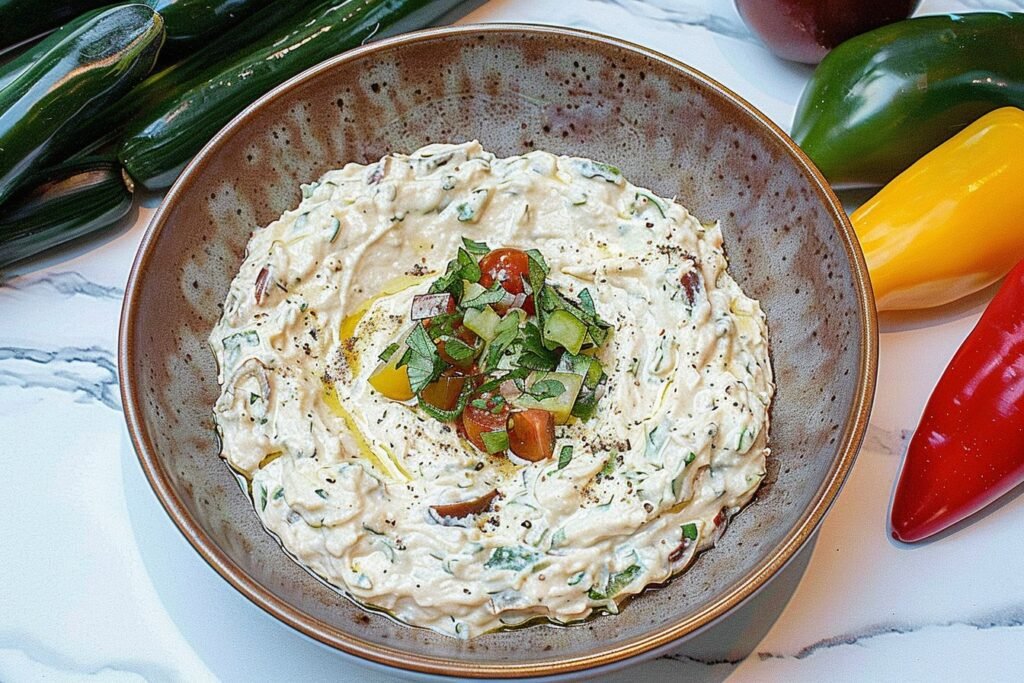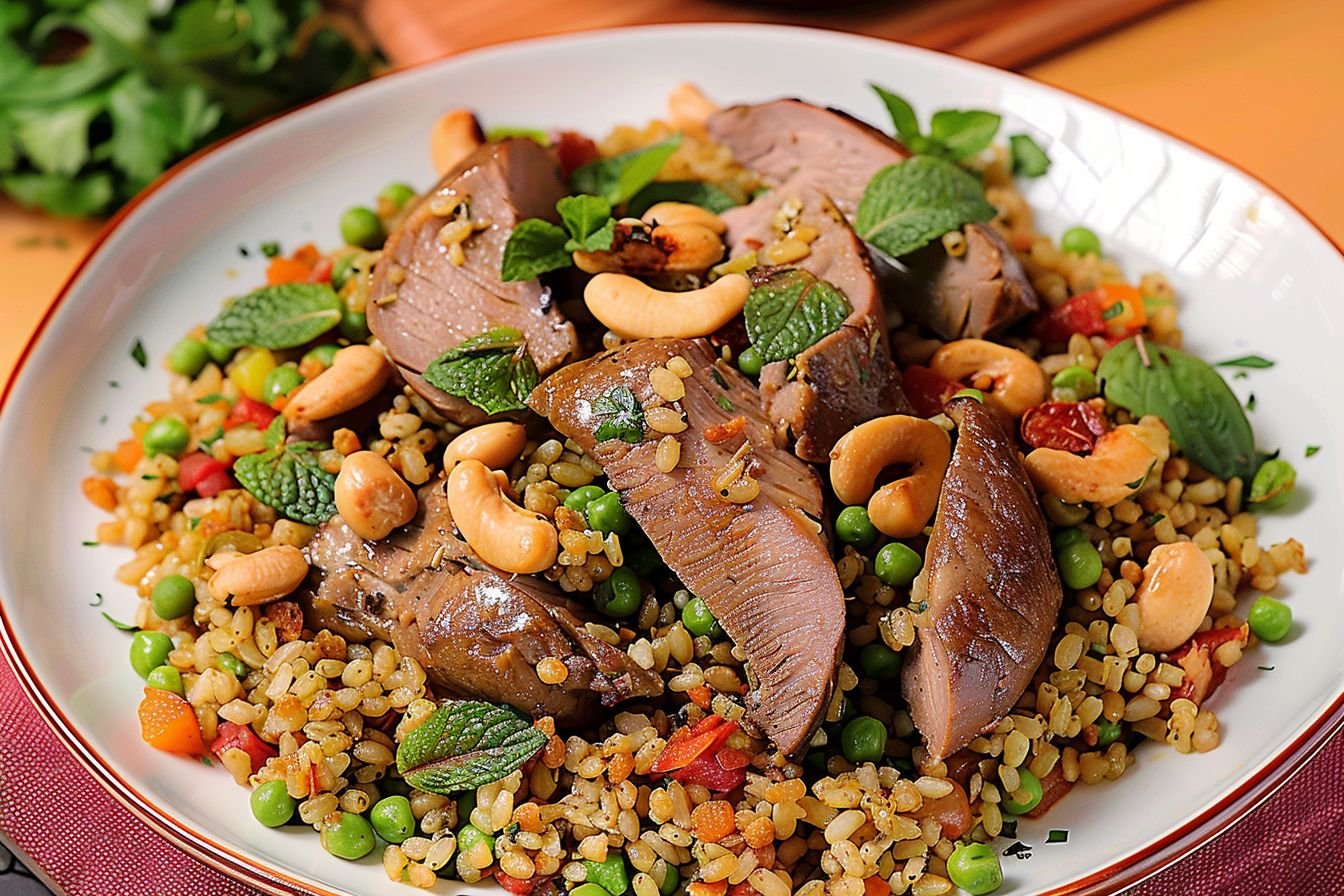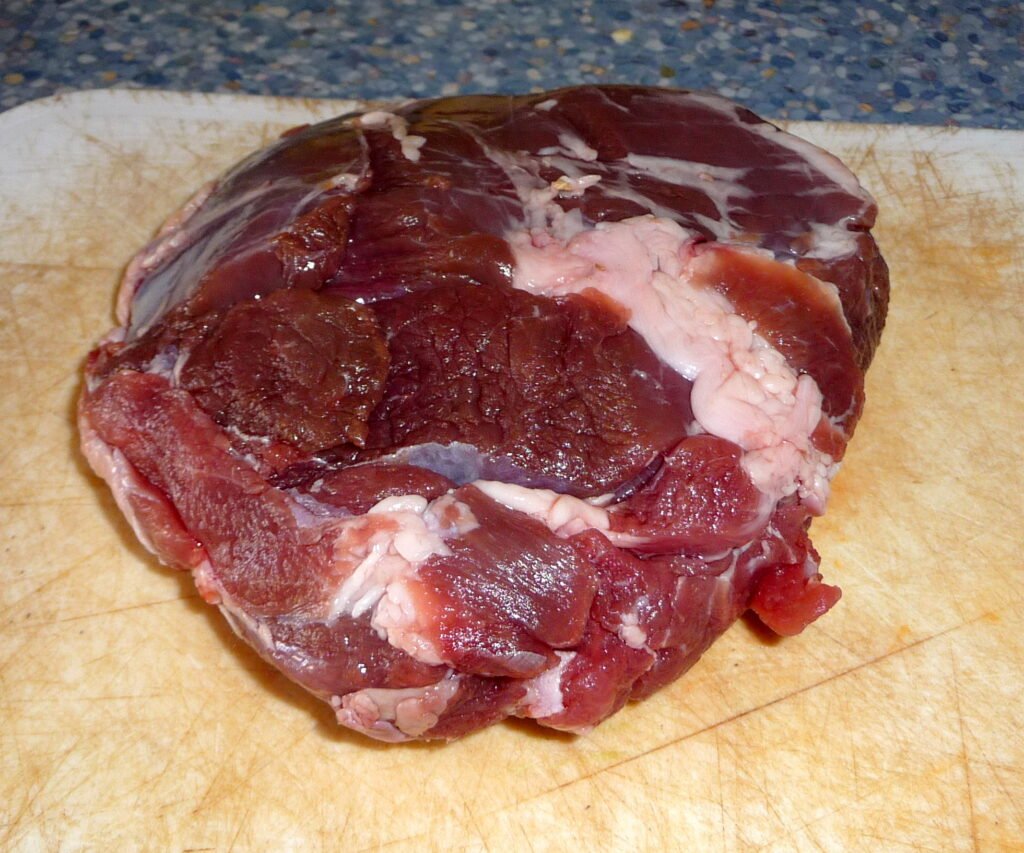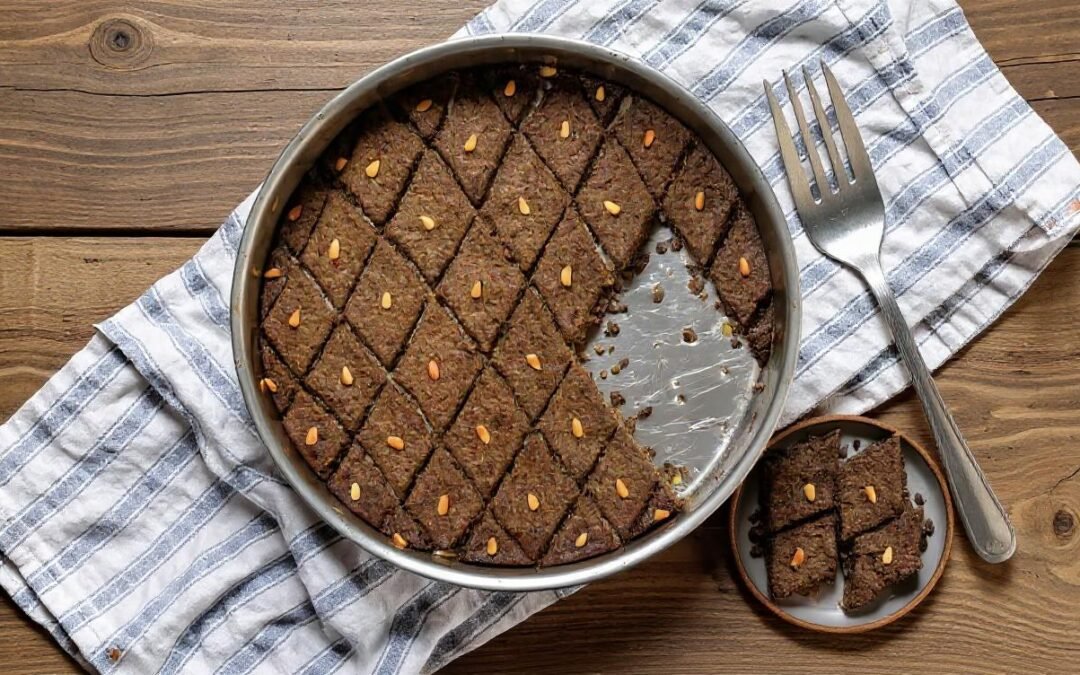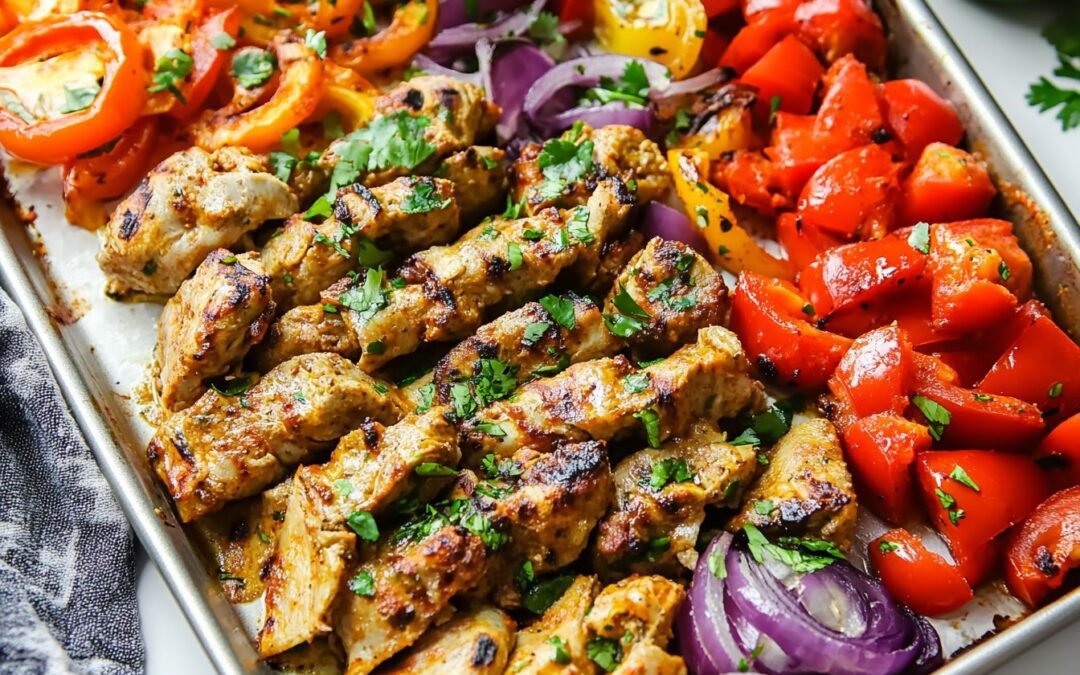The Lebanese freekeh recipe with meat is a recipe for a hearty and flavorful meal perfect for a cozy dinner at home or for impressing guests at a dinner party.
To make this dish, you’ll need boneless lamb shanks, water, bay leaf, fresh ginger, carrot, cardamom pods, salt, and a small onion for the meat. For the freekeh, you’ll need ground ginger, black pepper, ground cardamom, turmeric, salt, cracked green freekeh, ghee, vegetable oil, green peas, roasted cashew nuts, roasted pine nuts, and roasted almonds. Don’t worry, the recipe is quite simple to follow and the result is well worth it.
Ingredients:
For The Meat:
- 1 lb of boneless lamb shanks
- 6 cups of water
- 1 bay leaf
- 1 small slice of fresh ginger
- 1 peeled and sliced carrot
- 2 cardamom pods
- 1/2 teaspoon of salt
- 1 finely chopped small onion
For The Freekeh:
- A pinch of ground ginger
- A pinch of black pepper
- A pinch of ground cardamom
- A pinch of turmeric
- Salt
- 1 lb of cracked green freekeh
- 1/3 cup of ghee
- 1/4 cup of vegetable oil
- 3/4 cup of green peas
- 2 tablespoons of roasted cashew nuts
- 2 tablespoons of roasted pine nuts
- 2 tablespoons of roasted almonds
How to Make the Lebanese Freekeh Recipe with Meat?
- Begin by preparing the meat broth. Briefly blanch the meat in boiling water before transferring it to a pot with bay leaf, ginger, carrot, cardamom, and salt. Simmer until the meat is tender.
- Simultaneously, rinse the freekeh and lightly sauté it in ghee and oil.
- Cover the freekeh with the prepared meat broth and additional spices.
- Simmer until the freekeh is cooked through and has absorbed the flavors.
- While the freekeh and meat cook, blanch green peas until tender and set aside.
- Once the freekeh and meat are ready, gently stir in additional ghee to enrich the dish.
- Transfer the freekeh to a serving bowl and top with the cooked meat.
- Garnish with green peas, cashew nuts, pine nuts, and almonds. Serve hot.
Serving Suggestions
Plating Lebanese Freekeh
I usually start by spooning the freekeh onto a plate and then placing the meat on top. I then garnish the dish with fresh parsley and a sprinkle of sumac spice for a pop of color and flavor. If you want to get creative, you can also use a ring mold to shape the freekeh into a neat circle before adding the meat on top.
Accompaniments
Lebanese Freekeh is a hearty dish that pairs well with a variety of sides. I recommend serving it with a simple salad of mixed greens and a lemon vinaigrette to balance out the richness of the meat and freekeh. You can also serve it with a side of roasted vegetables, such as carrots or eggplant, for added texture and flavor. And of course, no Lebanese meal is complete without a side of warm pita bread to soak up all the delicious juices.
Storing and Reheating
Refrigeration Tips
Once the freekeh with meat is cooked, it can be stored in the refrigerator for up to 3-4 days. Make sure to let the dish cool down to room temperature before placing it in an airtight container. I always prefer to use glass containers as they are safer and do not transfer any unwanted flavors or odors to the dish.
When refrigerating the dish, make sure to place it in the coldest part of the refrigerator, which is usually at the back. This will help keep the dish fresh for longer. Also, avoid storing the dish with any raw meat or poultry, as this can cause contamination.
Reheating for Best Flavor
To reheat the dish, I recommend using a microwave or stovetop. If using a microwave, place the dish in a microwave-safe container and cover it with a lid or plastic wrap. Microwave on high for 2-3 minutes, stirring halfway through, until the dish is heated through.
If using a stovetop, place the dish in a saucepan and add a splash of water or broth to help loosen it up. Cover the saucepan with a lid and cook over low heat, stirring occasionally, until the dish is heated through.
When reheating the dish, make sure not to overcook it, as this can cause the meat to become tough and dry. Also, feel free to add some fresh herbs or lemon juice to enhance the flavor of the dish.
Common Mistakes to Avoid
- Skipping the rinsing step: Freekeh is a grain that has a smoky flavor because it is roasted before being cracked. However, this process can leave behind some dust and debris. Therefore, it’s important to rinse the freekeh thoroughly before cooking it to remove any unwanted particles.
- Overcooking the meat: When adding meat to the freekeh, it’s important to cook it just right. Overcooking the meat can make it tough and chewy, ruining the overall texture of the dish. Instead, cook the meat until it’s done, and then add it to the freekeh.
- Using too much salt: While salt is essential to bring out the flavors of the dish, it’s important not to overdo it. Adding too much salt can make the dish too salty and ruin the overall taste. Start with a small amount and add more as needed.
- Not letting the freekeh rest: Once the freekeh is cooked, it’s important to let it rest for a few minutes before serving. This allows the flavors to meld together and for the dish to cool down slightly, making it easier to eat.
Conclusion
I hope you enjoyed learning about my Lebanese freekeh recipe with meat! It’s a dish that’s packed with flavor and nutrition, and it’s perfect for a hearty meal any time of the year.
Remember, freekeh is a versatile ingredient that can be used in a variety of dishes. So don’t be afraid to get creative and experiment with different flavors and ingredients.
In conclusion, I encourage you to try making this Lebanese freekeh recipe with meat for yourself. It’s a delicious and healthy dish that’s sure to impress your family and friends. So what are you waiting for? Get cooking!
Need to add some freshness to your meal? Add this baba ganoush with mayonnaise!
Get the recipe now by clicking the image below:
